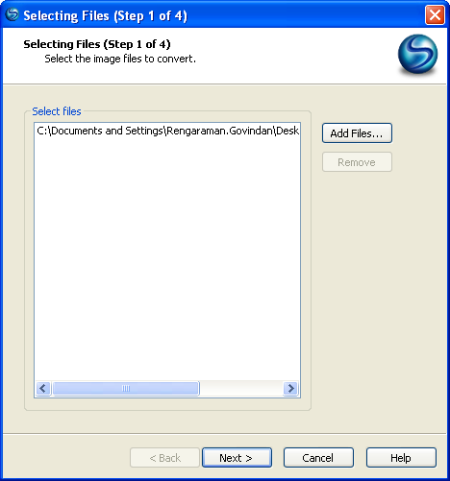I started testing my hand with online help three years before. From then, it’s always my favourite cup of tea. There are a lot of room for logical and analytical thinking in an online help. While reviewing an online help, few points came into my mind which I believe are very vital for an online help. Here we go:
1) Know your needs
Rather than saying know your needs, I’d say know your client’s need. The fact of being you a RoboHelp guru, it doesn’t mean that your client should be happy to accept a webhelp output from you. He may be comfortable with a .chm file. But make sure your learning curve doesn’t get affected by your client’s preferred Help Authoring Tools (HAT).
2) Track back often with your Developers
Once the application development stage moves to freezing point, you may start your online help. But still few UI changes may occur. So better you track your developers’ path to avoid any last minute confusion. Any client will wish to read an updated (including images) online help.
3) Learn HTML before you start
Though you have WYSWYG environment nowadays, it’s always better to learn some html tags before you start. Most of the HATs’ will add their own junk codes. If you’re html literate; it’s easy for you to fix it in later stage.
4) Design your Style sheet first
Before getting started with your online help, you make sure you have a standard, well defined style sheet in hand. In the middle of the process, re-thinking about a table header column style is not a wise idea. List your needs and in rare case you can include a new style (only in rare case, don’t make it a habit).
5) Analyse and freeze your TOC
Before starting an online help, it’s always recommended that first do a research and freeze your TOC. It will help you to structure your help. If you’re curious about single sourcing, it’s always recommended to have a structured TOC.
6) A picture is worth of thousand words
Add images, flow diagrams in right places. But your user will get irritated with irrelevant and excess images. Showing a confirmation image with an OK button and Cancel button in the online help is not a great idea.
7) Link the links properly
One general thumb rule for all online helps is “Write shorter, link them properly”. Instead of writing two page lengthy instructions, give correct hyperlinks at right place. Don’t forget to include a relevant ‘See Also’ section in an online help.
8) Add a Glossary and Index
Adding a glossary section in an online help is always a great idea. You can include smart definitions and acronyms in a glossary. Every user will like a crispy index section. Pick out mostly used keywords from every page and index it. Make sure your index keywords make sense. Adding ‘HAT’ as a keyword is a good idea than adding ‘because’ as a keyword in the index section.
9) Hotspots and pop-ups
Giving too much of hyperlinks may sometimes backfire you. Sometimes, the user may hesitate to click your hyperlinks as he may be curious to stay within the same page. During such scenarios, introduce hotspots and pop-ups to keep your user in the same page.
10) Get the feedback
Once your online help gets shipped with the product, don’t stay back as if you’re done with that. Try to figure out any gap between the application and your help by including yourself in the client’s feedback e-mails. You might have missed a warning message or a pre-requisite step required to fetch a row from the database.



